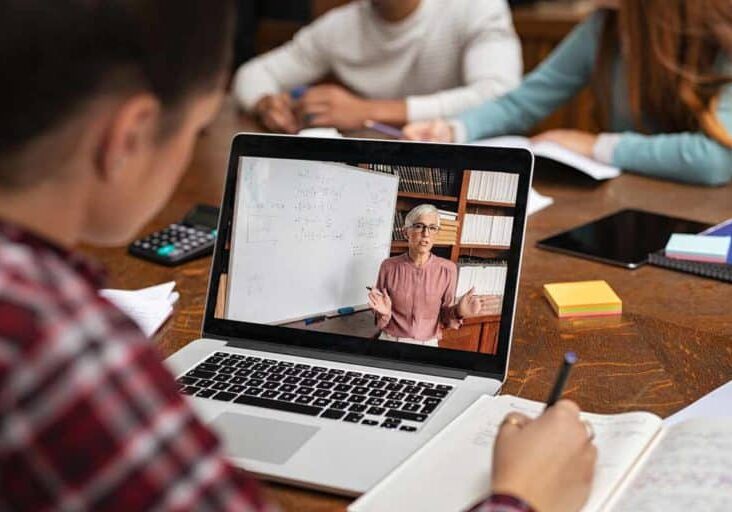In times of potential school disruptions, it’s essential to implement proactive measures to minimize the spread of illness and maintain a safe environment, particularly in high-traffic areas like technology support. Both students and teachers frequently visit these desks, and the nature of our work often involves direct handling of shared devices. At Knowing Technologies, we recommend considering the following procedural changes:
1. Personal Health and Interaction
- Stay Home When Ill: Prioritize personal health by staying home if feeling unwell. Risk-taking in this regard offers minimal benefit.
- Minimize Group Interaction: Be mindful of and avoid unintentional crowds, even if formal group activities are already reduced.
- Maintain Physical Distance: Keep a safe distance between yourself and others.
- Avoid Device Sharing: Refrain from directly handling other people’s devices. Provide verbal guidance instead.
2. Protective Measures and Hygiene
- Use Protective Gloves: Wear nitrile gloves during work tasks. Remember they are single-use and should be changed regularly. Be aware that gloves can still transfer contaminants.
- Disinfect Surfaces: Use appropriate disinfectant wipes to clean surfaces before contact. Adhere to safety precautions and keep the product safety data sheet accessible.
- Frequent Handwashing: Wash hands thoroughly and frequently, following established health guidelines.
- Avoid Facial Contact: Consciously avoid touching your face, a common but often unconscious habit.
- Workspace Disinfection: Disinfect all workspace surfaces multiple times daily, including chairs, handles, light switches, desks, keyboards, and mice.
3. Device and Environmental Hygiene
- Phone Disinfection: Regularly disinfect your phone, given its frequent handling and potential for contact with various surfaces.
- Tissue Availability: Keep tissue boxes readily available for use when touching your face, coughing, sneezing, or opening doors.
- Lined Trash Cans: Place lined trash cans near doorways and ensure daily emptying.
- Door Handle Protection: Use tissues or your sleeve to handle door handles whenever possible.
4. Social Interactions and Personal Supplies
- Limit Physical Contact: Avoid handshakes and hugs to minimize potential transmission.
- Personal Drinkware: Use your own cup and refill from taps, avoiding shared water dispensers.
- Home Preparedness: Maintain a supply of food, medicine, and essential items at home in case of self-quarantine or supply chain disruptions.
Further helpful information
- For general health and safety guidelines, refer to the Centers for Disease Control and Prevention (CDC): CDC.gov
- For workplace safety and disinfection practices, consult the Occupational Safety and Health Administration (OSHA): OSHA.gov
- For information on general emergency preparedness, please refer to the FEMA website. FEMA.gov


